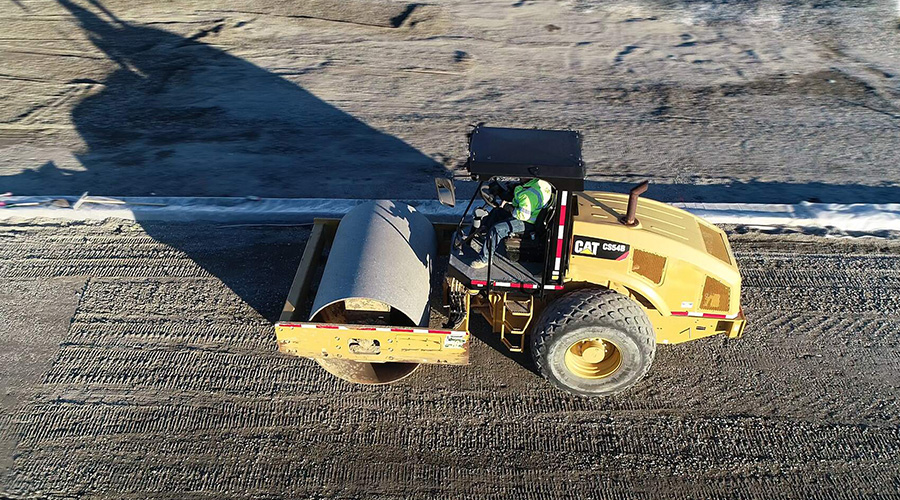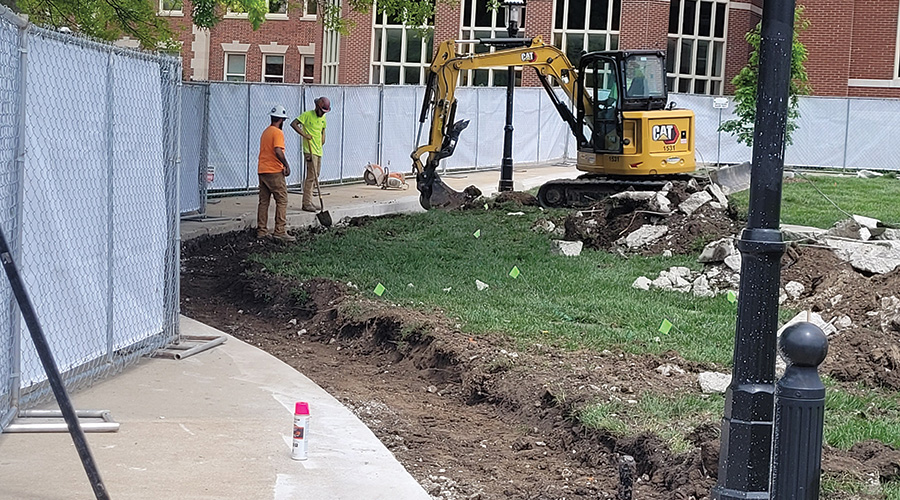Snow & Ice Removal: Common Safety Precautions
Once managers have a plan for servicing and maintaining equipment, they should take a closer look at their safety and training programs. Each piece of equipment requires skill to operate, and safety should be paramount as the colder weather approaches.
A well-prepared and executed safety and training program can help prevent accidents and ensure efficient, smooth operations.
Common safety precautions include:
- Never place a person or body part between a moving piece of equipment and another structure, such as a wall or a piece of equipment.
- Always provide new employees ample time to get familiar with equipment and its operation before having them operate the equipment.
- Always wear appropriate personal protective equipment.
- Outfit all mobile equipment with the appropriate amount of safety and strobe lighting to alert traffic and pedestrians of moving equipment.
When training new employees or reviewing operations with veterans, start with the plow detached and demonstrate attaching the plow safely. Workers need to identify possible pinch points, determine the proper speed and angles required to safely attach the plow, and complete the training by parking the vehicle with the plow on the ground.
Once employees have attached the plow, managers need to train operators on the way to properly inspect the unit. This process includes checking tire pressure and fluid levels on the vehicle and examining spreader hoppers for damage and foreign objects. Workers should test spreader augers and spinners without any material in the spreader to ensure they are operating correctly.
Once operators have inspected the equipment, they need to learn how to properly transport the plow and spreader. Managers should demonstrate the proper angle of the plow when driving on streets or roadways — angled to the right, toward the curb — to deflect debris from oncoming traffic that might hit the plow. Operators should never change the position of the blade when the truck is moving.
Finally, equipment safety and training programs should highlight the impact the weight of plows and spreaders can have on braking, and grounds managers should set strict speed limits of 45-50 mph for operators using equipment on highways and roads. Speed limits should be much lower for operating vehicles on site.
Related Topics:













